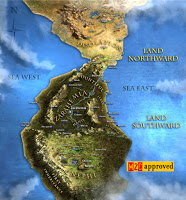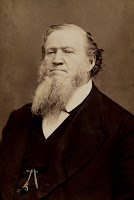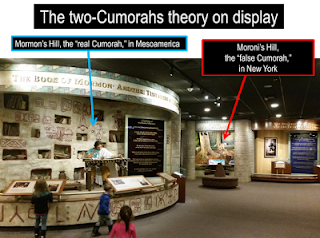
Top 5 most popular posts of 2019
1. http://www.bookofmormoncentralamerica.com/2019/07/peep-stones-vs-urim-and-thummim-part-1.html
2. http://www.bookofmormoncentralamerica.com/2019/10/messengers-vs-philosophies-of-men.html
3. http://www.bookofmormoncentralamerica.com/2019/08/byu-education-week-peep-stones-vs-urim.html
4. http://www.bookofmormoncentralamerica.com/2016/05/simplicity.html
5. http://www.bookofmormoncentralamerica.com/2018/12/no-wise-493-artifacts.html
Lots of great stuff coming in 2020 for those who love the Book of Mormon.
Source: About Central America














